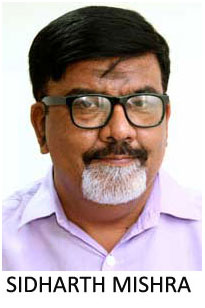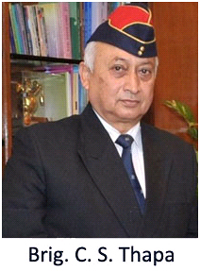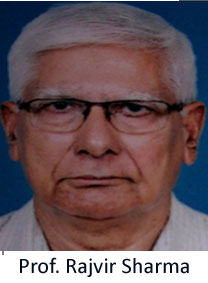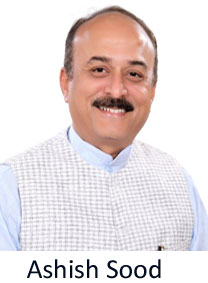In August 2012, three reports submitted by then Comptroller and Auditor General (CAG)VinodRaion the allocation of coal blocks, functioning of the Delhi airport and allocation of additional coal blocks to Reliance Power had drawnimmediate and sharp criticism from then government. The counter was coordinated from the Prime Minister’s Office. The Minister of State in the PMO, V Narayanswamy, was quick to state that the CAG was not following its constitutional mandate, rather over-stepping it by questioning government policy.
In view of the recent judgment in the 2G spectrum allocation scam acquitting senior DMK leaders A Raja and M Kanimozhi of any wrong doing has once again brought the focus back on the functioning of the constitutional body.
The 2012 CAG reports raised the debate over the mandate of the CAG especially since its leaked reports opened Pandora’s Box, leading to filing of criminal cases against serving Ministers. Originally, public audit was rule-based and was concerned with probity and compliance alone.




